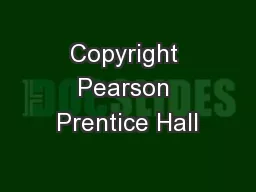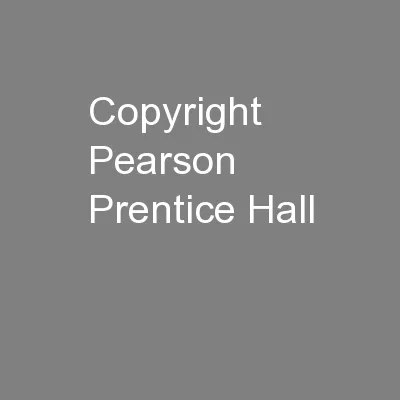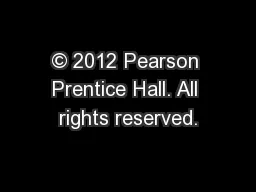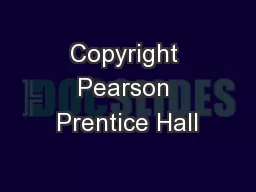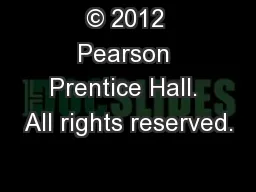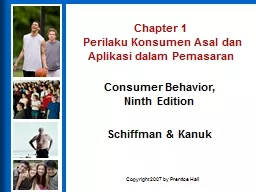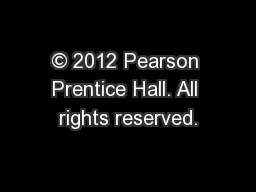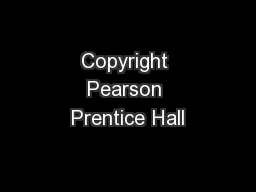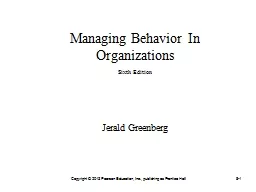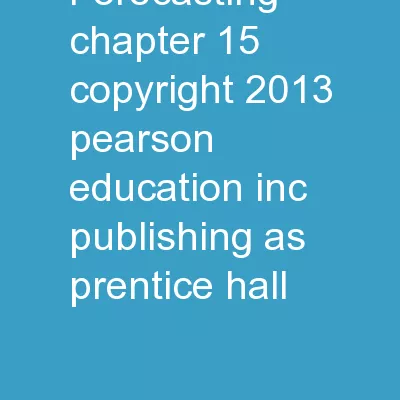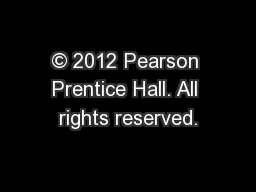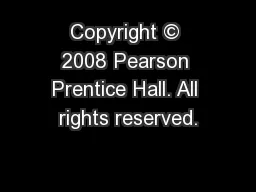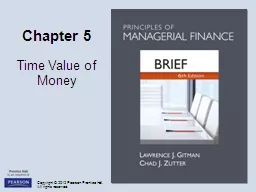PPT-Copyright (c) 2004 Prentice Hall. All rights reserved.
Author : giovanna-bartolotta | Published Date : 2019-06-22
1 Technological Onion Operating Systems OS Sources Patricia Setser and GO Microsoft Office 2003 Brief 2 Relationship of OS to Hardware and Software ONION ANALOGY
Presentation Embed Code
Download Presentation
Download Presentation The PPT/PDF document "Copyright (c) 2004 Prentice Hall. All ri..." is the property of its rightful owner. Permission is granted to download and print the materials on this website for personal, non-commercial use only, and to display it on your personal computer provided you do not modify the materials and that you retain all copyright notices contained in the materials. By downloading content from our website, you accept the terms of this agreement.
Copyright (c) 2004 Prentice Hall. All rights reserved.: Transcript
Download Rules Of Document
"Copyright (c) 2004 Prentice Hall. All rights reserved."The content belongs to its owner. You may download and print it for personal use, without modification, and keep all copyright notices. By downloading, you agree to these terms.
Related Documents


